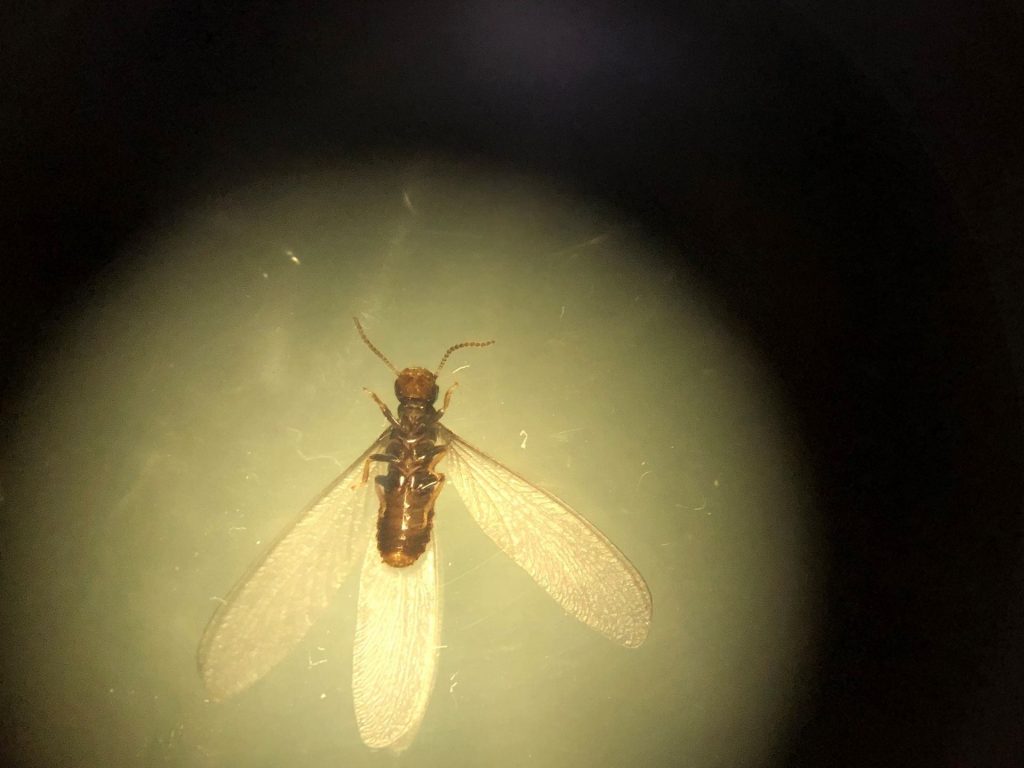The state of Kansas is home to countless species of insects and other creatures, including the common termite. Termites can cause serious damage to homes and other structures if left untreated. In this article, we’ll uncover the secret of termites in Kansas and provide tips on how to protect your home from their destruction.
Overview of Termites
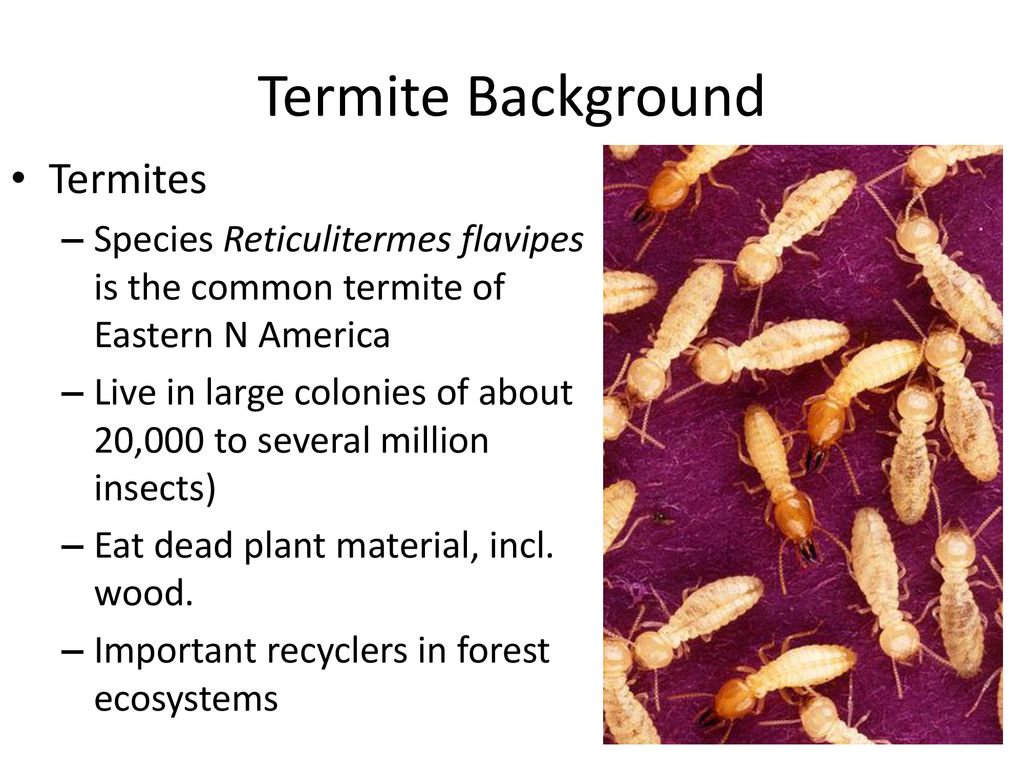
Termites are small, winged insects that can cause significant damage to wooden structures. They live in colonies, and feed on cellulose found in wood, soil, and other materials.
Termites can be divided into three different types: drywood, dampwood, and subterranean. Drywood termites live in dry wood and do not need contact with the soil. Dampwood termites live in damp wood and also do not need contact with the soil. Subterranean termites live in underground colonies and must stay in contact with the soil in order to survive.
Termites have an elaborate social structure, which is divided into three castes: workers, soldiers, and reproductives. Workers are responsible for gathering food, caring for the young, and building and repairing the colony’s nest. Soldiers defend the colony from predators. Reproductives are responsible for creating new colonies.
| Type | Habitat | Needs |
|---|---|---|
| Drywood | Dry wood | No contact with soil |
| Dampwood | Damp wood | No contact with soil |
| Subterranean | Underground | Must stay in contact with soil |
The most common type of termite found in Kansas is the subterranean termite. These termites can cause significant damage to wooden structures, and can be difficult to detect and control.
Types of Termites Found in Kansas
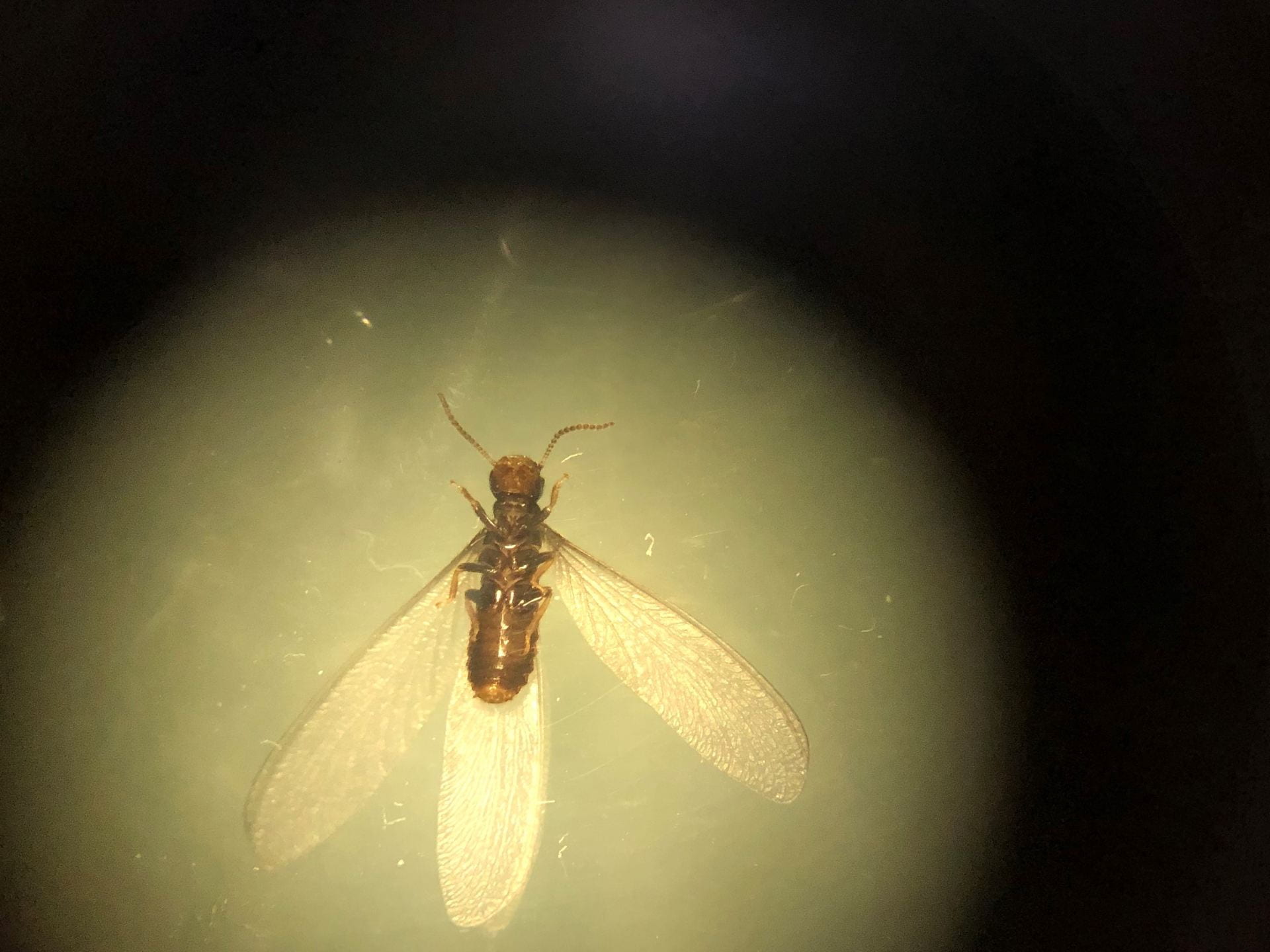
- Eastern Subterranean Termites
- Formosan Subterranean Termites
- Drywood Termites
- Western Subterranean Termites
- Desert Subterranean Termites
Eastern Subterranean Termites are the most common type of termite found in Kansas. These termites feed on wood, paper, and other materials that contain cellulose. They build large colonies and can cause extensive damage to wooden structures.
Formosan Subterranean Termites are also found in Kansas. These termites are more aggressive than Eastern Subterranean Termites and can cause more damage in a shorter amount of time. They feed on wood, paper, and other materials containing cellulose.
Drywood Termites are wood-dwelling termites that infest dry wood in buildings. They feed on wood, paper, and other materials containing cellulose. They do not need moisture and can live in structures with low humidity.
Western Subterranean Termites are also found in Kansas. These termites feed on wood, paper, and other materials containing cellulose and can cause a significant amount of damage to wooden structures.
Desert Subterranean Termites are found in the western parts of Kansas. They are similar to Eastern Subterranean and Western Subterranean Termites, but they feed on living plants, dead plants, and decaying organic matter. They can cause damage to wooden structures in dry conditions.
Signs of Termites in Kansas
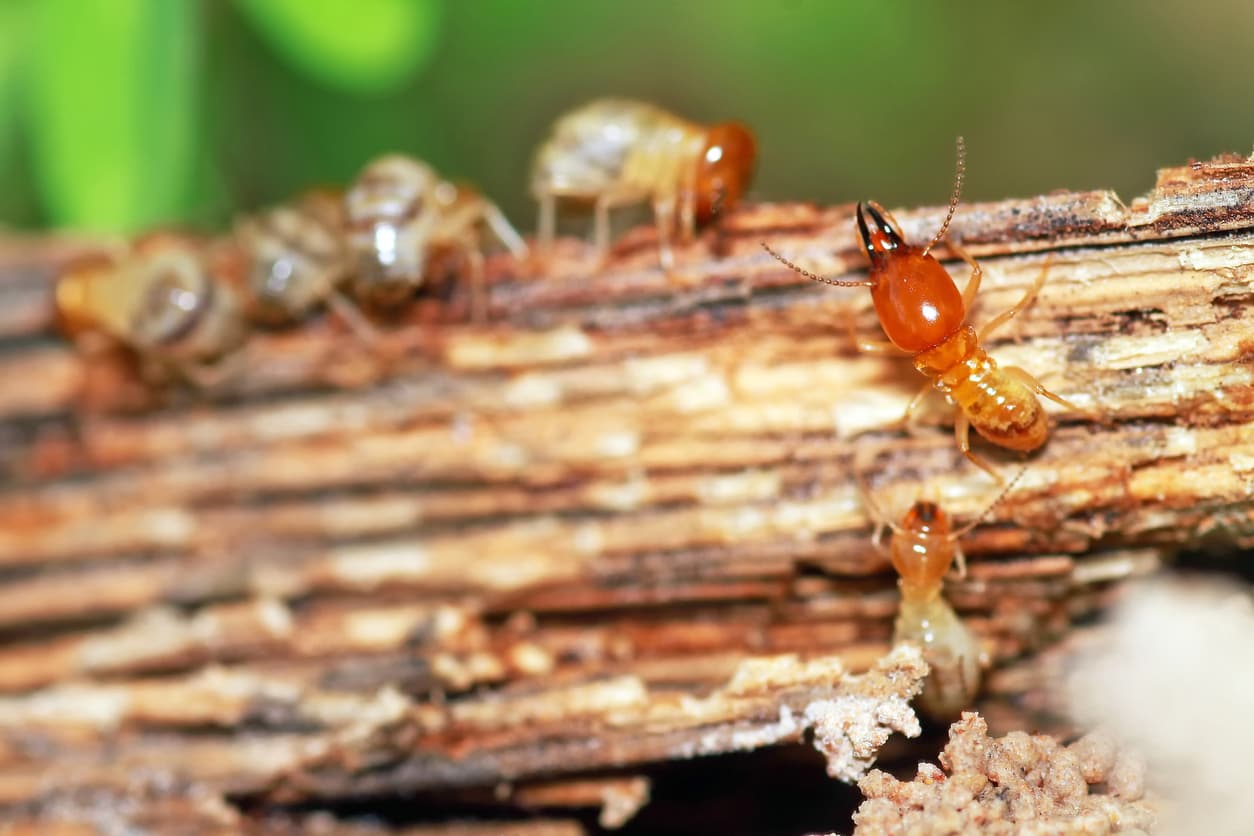
| Sign | Description |
|---|---|
| Mud tubes | Tubes that run along foundation walls and other surfaces, providing termites with a safe passage from the soil to the wood they feed on. |
| Wood damage | Discolored or hollowed-out wood, as well as sagging floors or ceilings. |
| Droppings | Small piles of wood-colored droppings that look like sawdust or coffee grounds. |
| Swarmers | Winged termites that swarm from the nest in order to start new colonies. |
| Discarded wings | After swarming, termites shed their wings. Piles of discarded wings near doors or windows can be a sign of an infestation. |
Factors Contributing to Termites in Kansas
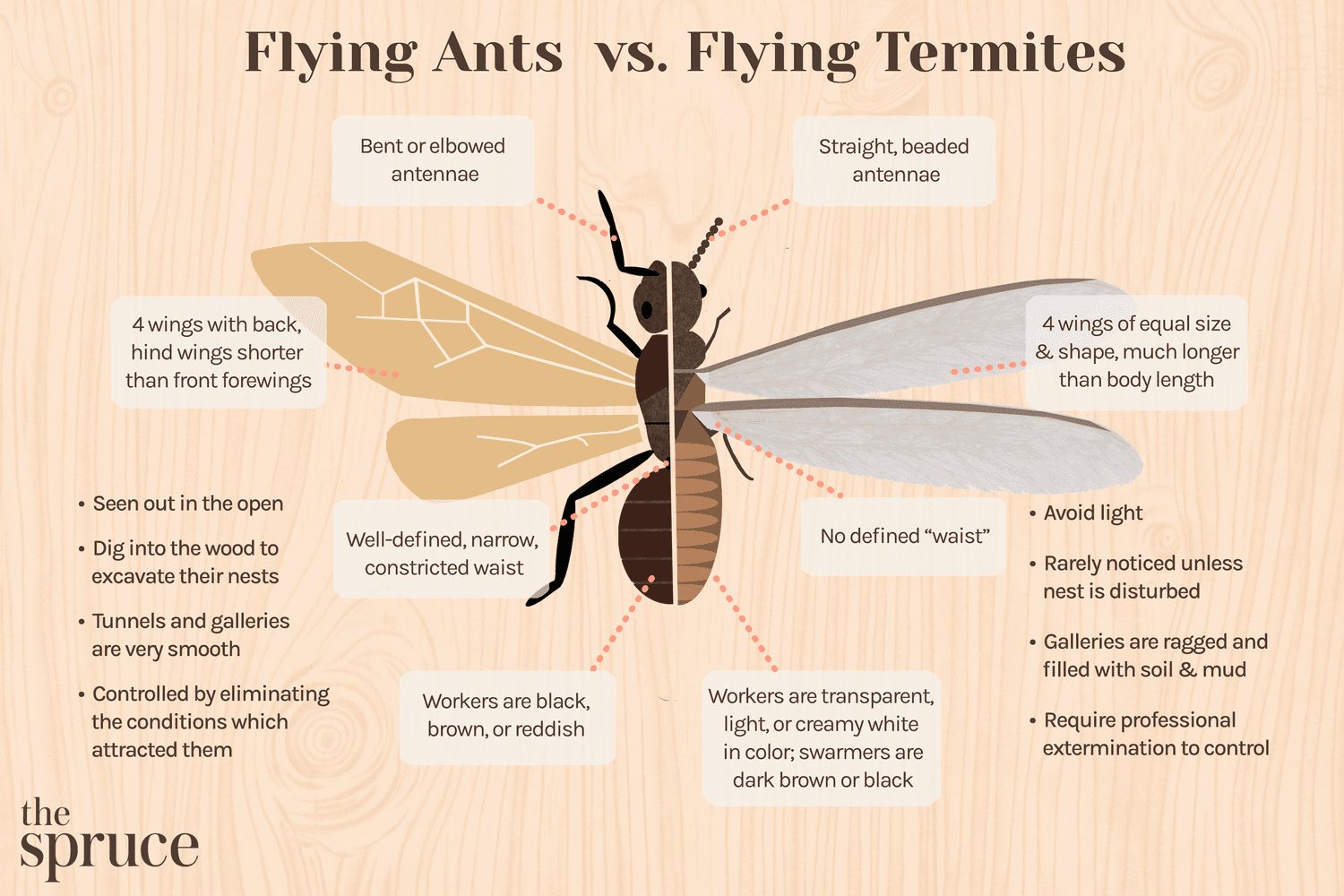
Kansas is a hot and humid environment, making it a great home for termites. The climate, soil composition, and lack of harsh winters are all factors that contribute to the presence of termites in the state. Kansas has clay soils which are well suited for termite activity. The high humidity levels in the summer make it an ideal environment for termites to thrive. The lack of severe winter weather also helps to ensure that termites can survive the cold months. Termites in Kansas also benefit from the abundance of wood in the area, which they use for food and shelter. This includes dead and decaying wood, as well as the wood in buildings, fences, and decks. Construction practices that involve leaving wood debris around the outside of a home or building can also contribute to termite infestations. Finally, the presence of other insects in the area can attract termites. These include ants, beetles, and flies, all of which can provide food for termites.
Prevention of Termites in Kansas
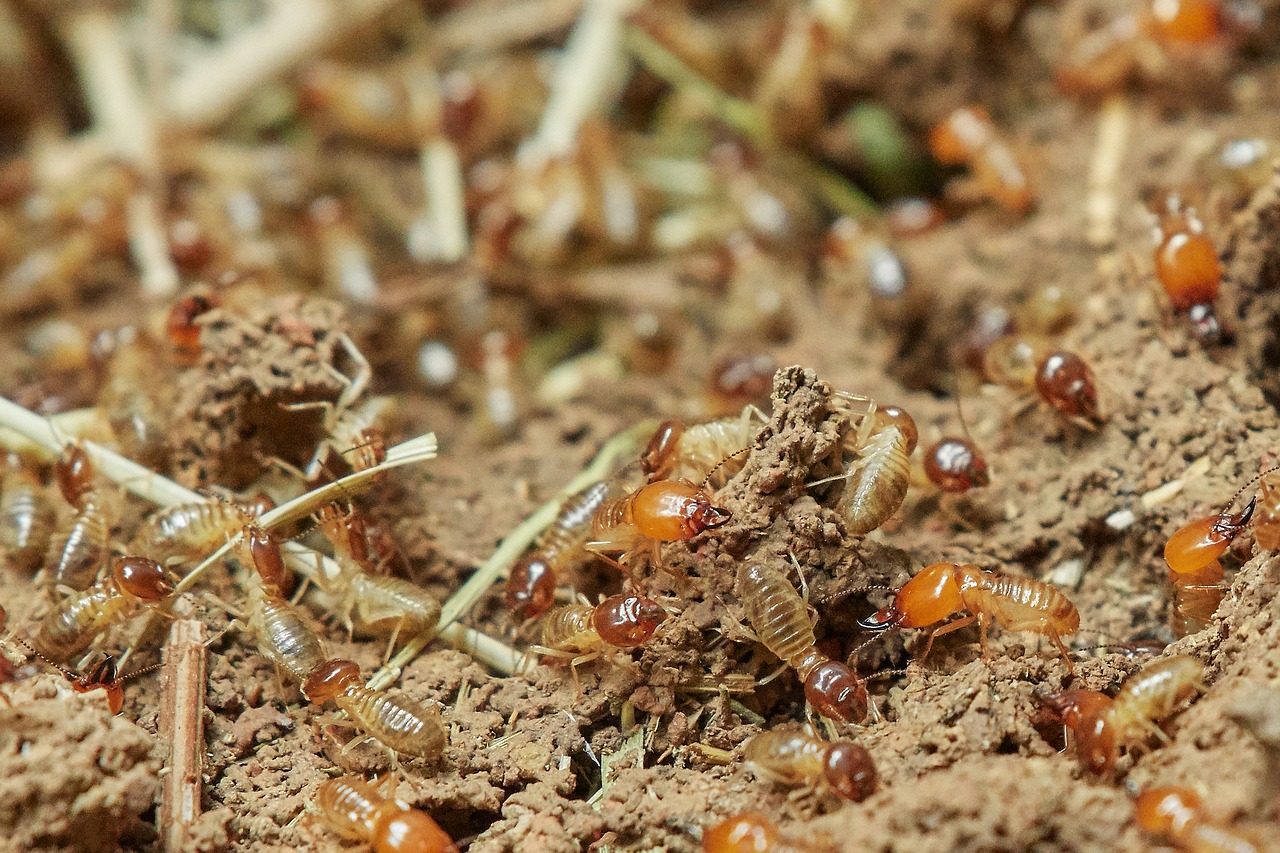
| Step | Description |
|---|---|
| 1 | Keep firewood, scrap timber, and debris away from the foundation of your home. |
| 2 | Store wood piles away from your home. |
| 3 | Remove mulch and organic debris around your home. |
| 4 | Keep foundation vents, window wells, and other openings free from debris. |
| 5 | Seal any cracks or crevices in the foundation of your home. |
| 6 | Check for signs of termite infestation, including mud tubes, wood damage, and discarded wings. |
| 7 | Have your home inspected by a licensed pest control professional at least once a year. |
To prevent termites from invading your home in Kansas, there are several steps that you can take. Keep firewood, scrap timber, and debris away from the foundation of your home. Store wood piles away from your home and remove mulch and organic debris around your home. Keep foundation vents, window wells, and other openings free from debris. Seal any cracks or crevices in the foundation of your home. Check for signs of termite infestation, including mud tubes, wood damage, and discarded wings. Finally, have your home inspected by a licensed pest control professional at least once a year. Taking these steps can help protect you from a costly termite infestation in your home.
Treatment of Termites in Kansas
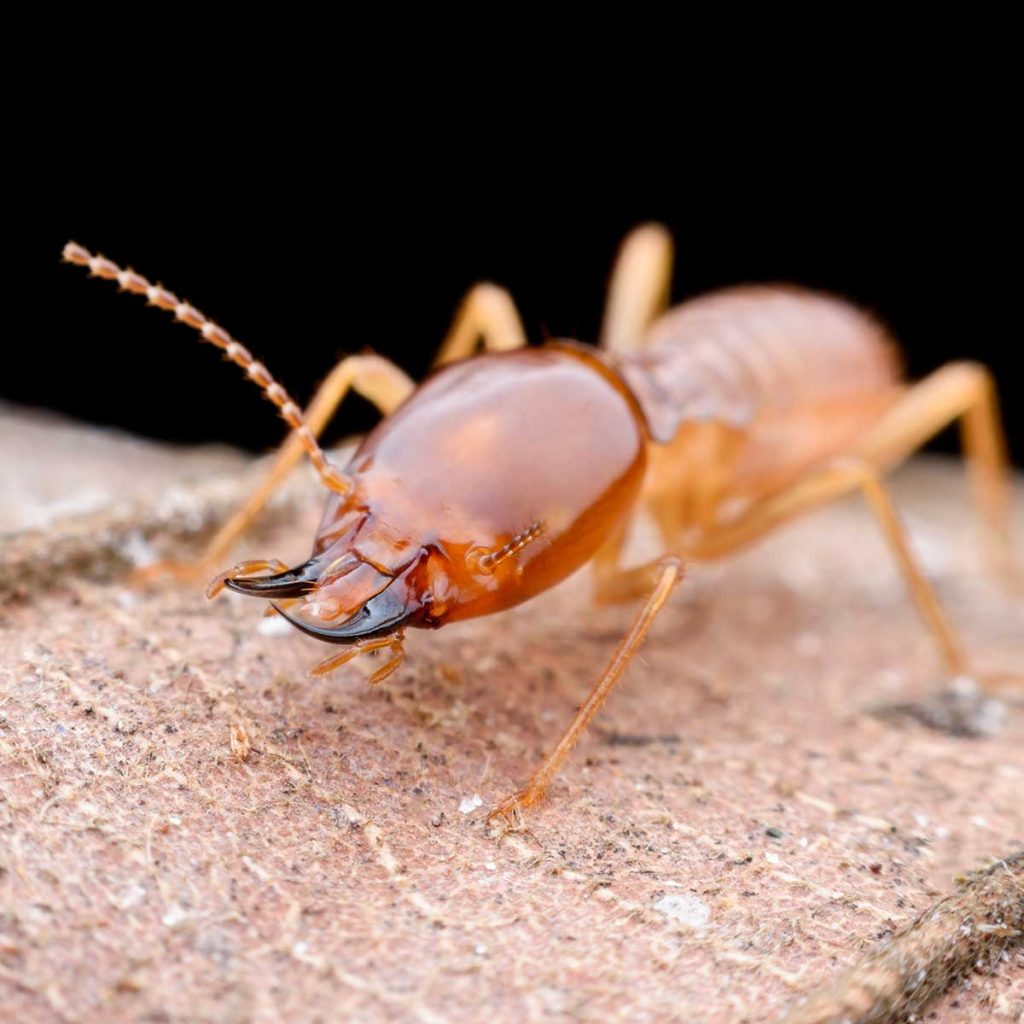
The best way to treat termites in Kansas is to hire a professional pest control company. Professional pest control services are experienced in identifying, controlling, and eliminating termites from homes and businesses. They use a variety of techniques and products to effectively treat termite infestations.
Inspection
The first step in treating termites in Kansas is to have a professional inspect the property for signs of termite infestation. This inspection should include both interior and exterior areas of the home or business. The pest control company will be able to identify the type of termite present and create a customized plan to eliminate the infestation.
Chemical Treatments
Once the inspection is complete, the pest control company will be able to recommend a chemical treatment option. Common chemical treatments include liquid termiticides and bait systems. Liquid termiticides are applied to the soil around the home or business. They create a barrier that keeps termites away from the structure and prevents them from entering. Bait systems use wood, cardboard, or other cellulose-based materials to attract termites. The bait is then treated with a pesticide, which kills the termite when it feeds on the bait.
Non-Chemical Treatments
In addition to chemical treatments, there are several non-chemical treatments that can be used to treat termites in Kansas. These treatments include physical barriers, such as foam or steel mesh, which are applied to the exterior of the structure to prevent termites from entering. Other methods include using heat or cold to kill termites, or using biological controls, such as nematodes, to attack and kill termites.
Maintenance
Once the initial treatment is complete, it is important to take steps to prevent future infestations. This includes regularly inspecting the property for signs of termites, repairing any structural damage, and regularly checking the perimeter of the home or business for signs of termite activity.
Professional Treatment of Termites in Kansas
Termites are a common problem in Kansas. Professional treatment of termites is necessary to ensure that they are eliminated and do not cause further damage. Treatment of termites can include several different methods, such as baiting, liquid treatment, fumigation, and heat treatment. Baiting is a popular method of treatment, and involves placing bait stations around the outside of a home, which then attract and kill termites. Liquid treatments are also a common option, and involve applying a liquid insecticide to the affected area. Fumigation is a more intensive treatment, and involves pumping a gas into the affected area to kill the termites. Heat treatment is an alternative to fumigation, as it uses high temperatures to eliminate the termites.
Professional pest control companies are trained to properly identify and treat termites, and to determine the best method of treatment for a particular situation. A professional treatment should include a thorough inspection of the home, an identification of the type of termites present, and the correct application of the chosen treatment. Professional pest control companies will also help to identify any potential areas of infestation and provide advice on preventing future infestations.
It is important to remember that professional treatment of termites is necessary to ensure that they are eliminated and do not cause further damage. Professional pest control companies have the skills, experience, and knowledge necessary to effectively and safely treat termites, and can provide valuable advice on preventing future infestations.
Do-It-Yourself Treatment of Termites in Kansas
Termites are a common problem in Kansas and can cause significant damage to homes and buildings. The good news is that there are several do-it-yourself treatments available to help protect your home from termite infestations.
Before beginning any treatment, it is important to identify the species of termite that is present in your home. Subterranean termites are the most common type found in Kansas. They build their nests in the soil, typically near the foundation of buildings, and enter homes through cracks in the foundation or through gaps around windows and doors.
The most effective way to treat a termite infestation is with chemical insecticides. These products are available in both liquid and bait forms. Liquid insecticides are applied directly to the soil where the termites are active. Bait insecticides are placed in small containers near the termite activity and the termites feed on the bait, taking the insecticide back to their nest and spreading it throughout the colony.
It is also important to take steps to prevent future infestations. Make sure to seal any cracks or gaps in the foundation, windows, and doors. Additionally, inspect your home regularly for signs of termite activity, such as mud tubes or wood damage.
If you have an existing infestation, a professional exterminator may be necessary to properly treat the problem. However, with the right products and prevention measures, homeowners can successfully treat and prevent termite infestations in Kansas.
Frequently Asked Questions
What is the secret of termites in Kansas?
Termites in Kansas have adapted to the state’s climate, building colonies that are well-protected from cold winters and hot summers. They feed on wood, paper, and fabrics, and can cause serious structural damage to homes and buildings. The best way to protect your home from termites is to keep an eye out for signs of infestation, such as mud tubes, wood damage, and swarms of flying termites. If you notice any of these signs, contact a pest control professional for a thorough inspection and treatment of the area.
How can I protect my home from termites in Kansas?
Termites in Kansas can cause extensive damage to homes if left unchecked. To protect your home from termites, you should have a termite inspection done by a licensed exterminator. Additionally, seal any cracks in the foundation or walls of your home, and make sure there is no moisture or debris in the crawl space and attic. Finally, keep wood piles away from the house, and reduce humidity levels in the basement and crawl spaces.
Are there specific types of termites found in Kansas?
Kansas is home to several species of termites, including drywood termites, subterranean termites, and dampwood termites. Drywood termites are most commonly found in structures, while subterranean termites are more commonly found in the ground. Dampwood termites often attack trees and other dead wood. All three species of termites are common throughout the state.
What are the signs of termite infestation in Kansas?
Common signs of termite infestation in Kansas include the presence of flying termites, mud tubes, wood damage, wood that sounds hollow when tapped, and sawdust from wood damage. Termites in Kansas can also cause damage to drywall and insulation. If you suspect you have a termite infestation, contact a professional for an inspection and treatment.
What is the best way to prevent termites in Kansas?
The best way to prevent termites in Kansas is to employ a pest control professional to inspect the property, and treat with a termiticide if necessary. Additionally, homeowners should take preventive steps such as keeping woodpiles away from the foundation, fixing leaky pipes and faucets, and reducing moisture levels in crawl spaces and basements. Homeowners should also inspect their home on a regular basis for signs of termite activity.
Conclusion
Termites can cause extensive damage to homes in Kansas and other areas. To protect your home from these destructive pests, it is important to be aware of the signs of termite activity and to have regular inspections by a qualified exterminator. By using preventive measures such as sealing cracks in the foundation and eliminating sources of moisture, homeowners can help to reduce the risk of a termite infestation. Additionally, baiting systems and chemical treatments are available to help eradicate termites. By taking these steps, homeowners can keep their homes safe from the destruction of termites.

